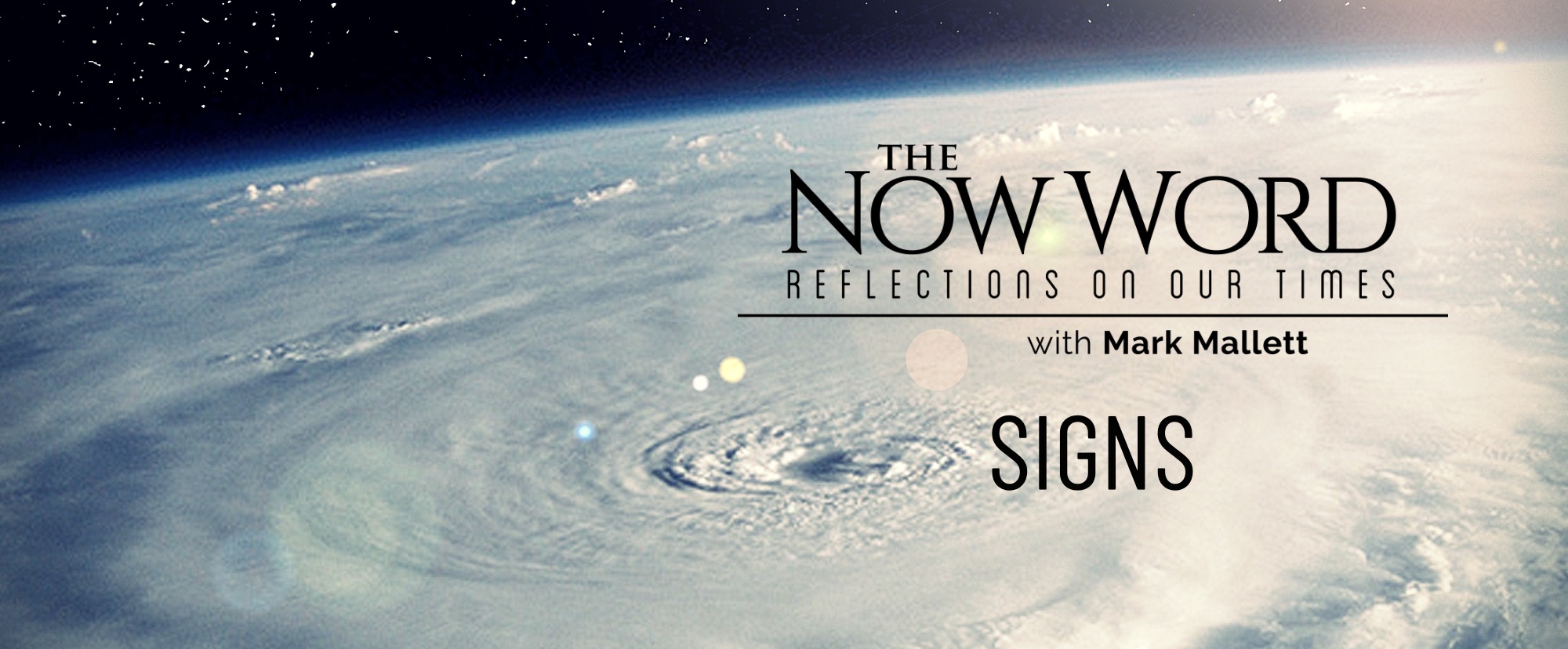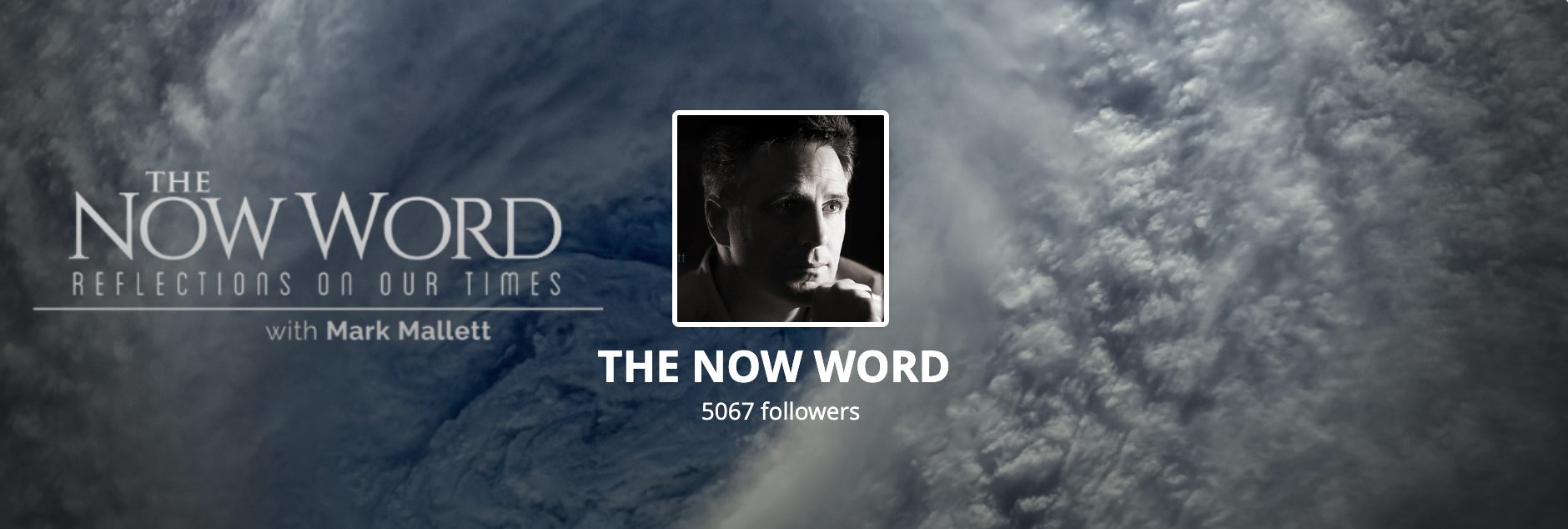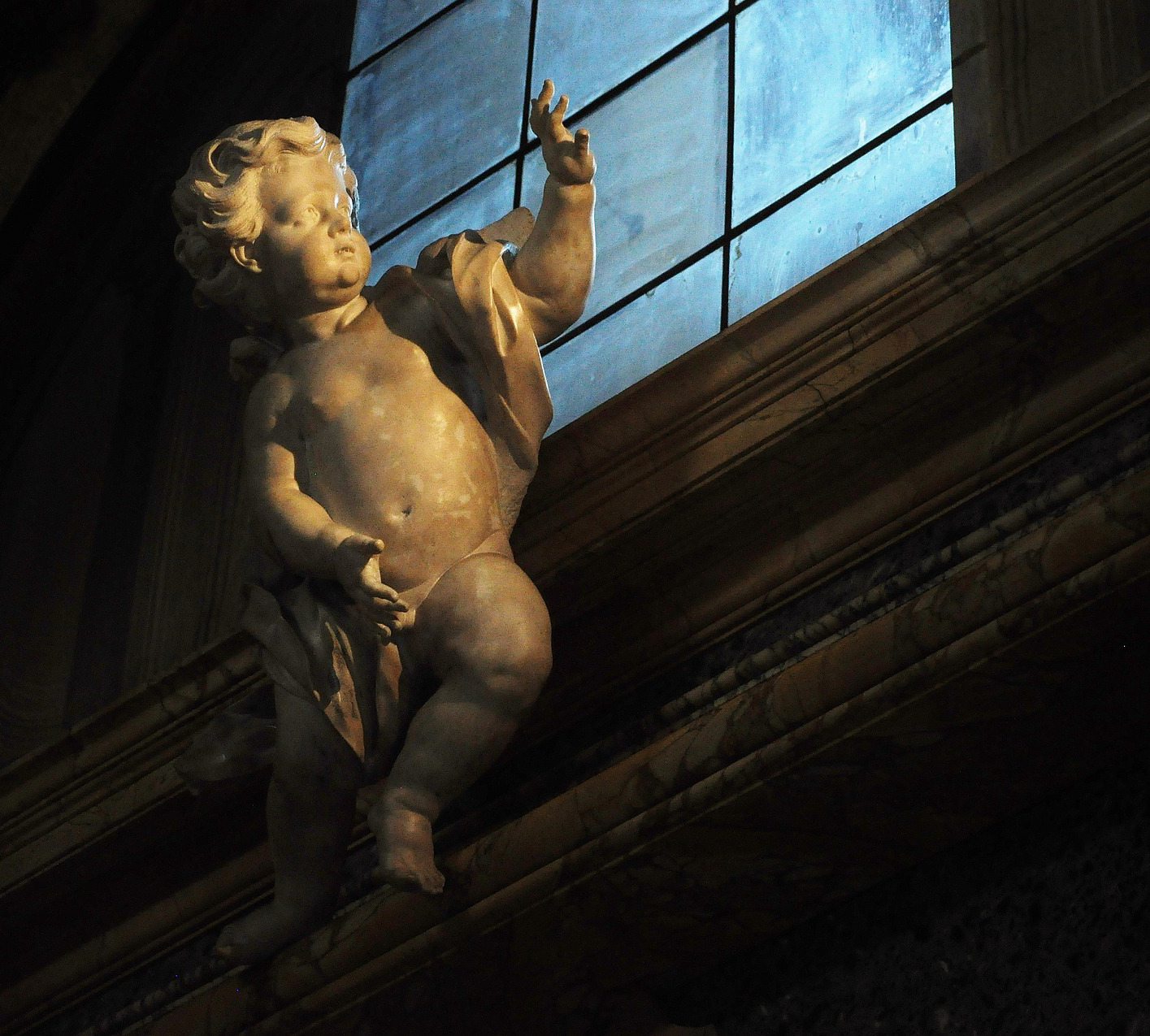
THERE is no question that a post-Vatican II revolution of “progressives” has wreaked havoc in the Church, ultimately levelling entire religious orders, church architecture, music and Catholic culture – manifestly witnessed in all things surrounding the Liturgy. I have written much about the damage to the Mass as it emerged after the Second Vatican Council (see Weaponizing the Mass). I have heard first-hand accounts of how “reformers” entered into parishes late at night, white-washing iconography, smashing statues, and taking a chainsaw to ornate high altars. In their place, a simple altar covered in a white cloth was left standing in the middle of the sanctuary — to the horror of many churchgoers at the next Mass. “What the Communists did in our churches by force,” immigrants from Russia and Poland have said to me, “is what you’re doing yourselves!”
Never before in its long history has the Roman Catholic Church been in such disarray as now. Its rituals and disciplines, its splendour, its unchanging confidence, the very features which in the past attracted so many converts, seem to have been wantonly abandoned. The authority of the Pope is questioned. A stream of highly-publicized priests and nuns have rejected their vows. The Mass and the catechism have been given strange new forms. Clergy in at least one entire country seem on the verge of schism. There is deep distress and perplexity amon the faithful. To some these changes are a sign of renewal: but to many others, no less loyal, the Church seems suddenly to have gone mad and to be squandering its 2000-year inheritance. —from Has the Catholic Church Gone Mad? (cover sleeve), The Catholic Book Club, 1973
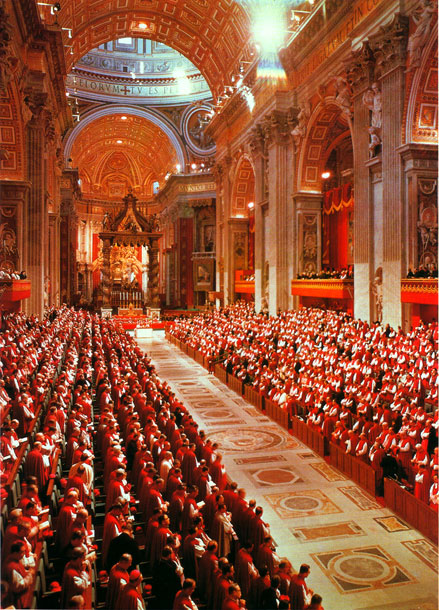
Second Vatican Council
Pope Benedict believed strongly in the continuity of the Magisterium guided by the Holy Spirit, for him the only hermeneutics of the Council must be that of continuity, not of rupture… Obviously, when he said: “We must remain faithful to the today of the Church”, he meant faithful to a today which is guaranteed to be faithful to the yesterday. A Council of today is faithful to all the Councils of yesterday, because the actor of today’s Council is properly the Holy Spirit, the same Spirit who guided all the past Councils; He cannot deny himself.
…To which ‘yesterday’ do you want to be faithful? To the First Vatican Council ? Or to the Council of Trent? You trust more the Holy Spirit of the previous Councils? Don’t you think that the Holy Spirit may have said something new to all the previous Councils and may have new things to tell us today (obviously, nothing in contradiction to previous Councils)? —Cardinal Joseph Zen, May 28, 2024; oldyosef.hkdavc.com
Cardinal Zen then rightly points to the misconstrued understanding of what took place after the Council asking whether the metastasizing of modernism was a result of “The Council itself or the situation of the Church after the Council?”
Post hoc is not necessarily propter hoc. You cannot blame on the Council all the wrong things that happened after it in the Church.
The liturgical reform, for example, was maturing in the Church long before the Council, many thought that they knew what it had to be, and they simply ignored the Council Document. Then we could see so many abuses, with the consequent loss of the sense of reverence for the sacred Mysteries. When Pope Benedict appealed for the “reform of the reform”, he did not mean to repudiate the Council, but a distorted understanding of the real Council.
Distortions and amputations of Vatican II teaching abound.
In truth, there were already serious warnings of apostasy prior to Vatican II. Many repeat the mantra that, if we just return to the Tridentine Mass, it would resolve our problems. However, they either forget or are unaware that it was precisely at the height of the Latin Mass’s glory — when churches were full and pomp and piety were on full display — that Pope St. Pius X stated:
Who can fail to see that society is at the present time, more than in any past age, suffering from a terrible and deep-rooted malady which, developing every day and eating into its inmost being, is dragging it to destruction? You understand, Venerable Brethren, what this disease is — apostasy from God… When all this is considered there is good reason to fear lest this great perversity may be as it were a foretaste, and perhaps the beginning of those evils which are reserved for the last days; and that there may be already in the world the “Son of Perdition” of whom the Apostle speaks. —POPE ST. PIUS X, E Supremi, Encyclical On the Restoration of All Things in Christ, n. 3, 5; October 4th, 1903
…he who resists the truth through malice and turns away from it, sins most grievously against the Holy Ghost. In our days this sin has become so frequent that those dark times seem to have come which were foretold by St. Paul, in which men, blinded by the just judgment of God, should take falsehood for truth, and should believe in “the prince of this world,” who is a liar and the father thereof, as a teacher of truth: “God shall send them the operation of error, to believe lying (2 Thess. ii., 10). In the last times some shall depart from the faith, giving heed to spirits of error and the doctrines of devils” (1 Tim. iv., 1). —Divinum Illud Munus, n. 10
 error and the doctrines of devils.” Ad orientem, communion rails, veils, and Latin were not enough to stop the apostasy from spreading within the Church’s ranks. It’s precisely why Pope St. John XXIII convoked the Second Vatican Council in order that the Holy Spirit would guide the Church anew and prepare her to be ushered into an Era of Peace after the coming days of tribulation.
error and the doctrines of devils.” Ad orientem, communion rails, veils, and Latin were not enough to stop the apostasy from spreading within the Church’s ranks. It’s precisely why Pope St. John XXIII convoked the Second Vatican Council in order that the Holy Spirit would guide the Church anew and prepare her to be ushered into an Era of Peace after the coming days of tribulation.The task of humble Pope John is to “prepare for the Lord a perfect people,” which is exactly like the task of the Baptist, who is his patron and from whom he takes his name. And it is not possible to imagine a higher and more precious perfection than that of the triumph of Christian peace, which is peace at heart, peace in the social order, in life, in wellbeing, in mutual respect, and in the brotherhood of nations. —POPE ST. JOHN XXIII, True Christian Peace, December 23rd, 1959; www.catholicculture.org
…we ought to pray to and invoke the Holy Spirit, for each one of us greatly needs His protection and His help. The more a man is deficient in wisdom, weak in strength, borne down with trouble, prone to sin, so ought he the more to fly to Him who is the never-ceasing fount of light, strength, consolation, and holiness. —POPE LEO XIII, Divinum Illud Munus, Encyclical on the Holy Spirit, n. 11
…so great are the needs and the perils of the present age, so vast the horizon of mankind drawn towards world coexistence and powerless to achieve it, that there is no salvation for it except in a new outpouring of the gift of God. Let Him then come, the Creating Spirit, to renew the face of the earth! —POPE PAUL VI, Gaudete in Domino, May 9th, 1975; www.vatican.va
In 1967, two years after the official closing of Vatican II, a group of students from Duquesne University had gathered at The Ark and Dover Retreat House. After a talk earlier in the day on Acts Chapte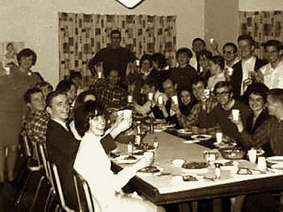 r 2, an awesome encounter began to unfold as students entered the upstairs chapel before the Blessed Sacrament:
r 2, an awesome encounter began to unfold as students entered the upstairs chapel before the Blessed Sacrament:
…when I entered and knelt in the presence of Jesus in the Blessed Sacrament, I literally trembled with a sense of awe before His majesty. I knew in an overwhelming way that He is the King of Kings, the Lord of Lords. I thought, “You had better get out of here quick before something happens to you.” But overriding my fear was a much greater desire to surrender myself unconditionally to God. I prayed, “Father, I give my life to you. Whatever you ask of me, I accept. And if it means suffering, I accept that too. Just teach me to follow Jesus and to love as He loves.” In the next moment, I found myself prostrate, flat on my face, and flooded with an experience of the merciful love of God… a love that is totally undeserved, yet lavishly given. Yes, it’s true what St. Paul writes, “The love of God has been poured into our hearts by the Holy Spirit.” My shoes came off in the process. I was indeed on holy ground. I felt as if I wanted to die and be with God… Within the next hour, God sovereignly drew many of the students into the chapel. Some were laughing, others crying. Some prayed in tongues, others (like me) felt a burning sensation coursing through their hands… It was the birth of the Catholic Charismatic Renewal! —Patti Gallagher-Mansfield, student eyewitness and participant, http://www.ccr.org.uk/duquesne.htm
How could this ‘spiritual renewal’ not be a chance for the Church and the world? And how, in this case, could one not take all the means to ensure that it remains so…? —POPE PAUL VI, International Congress of the Catholic Charismatic Renewal, May 19, 1975, Rome, Italy, www.ewtn.com
I am convinced that this movement is a very important component in the total renewal of the Church, in this spiritual renewal of the Church. —POPE JOHN PAUL II, special audience with Cardinal Suenens and the Council Members of the International Charismatic Renewal Office, December 11th, 1979, archdpdx.org
The emergence of the Renewal following the Second Vatican Council was a particular gift of the Holy Spirit to the Church…. At the end of this Second Millennium, the Church needs more than ever to turn in confidence and hope to the Holy Spirit… —POPE ST. JOHN PAUL II, Address to the Council of the International Catholic Charismatic Renewal Office, May 14th, 1992
The institutional and charismatic aspects are co-essential as it were to the Church’s constitution. They contribute, although differently, to the life, renewal and sanctification of God’s People. —POPE ST. JOHN PAUL II, Speech to the World Congress of Ecclesial Movements and New Communities, www.vatican.va
I am really a friend of movements — Communione e Liberazione, Focolare, and the Charismatic Renewal. I think this is a sign of the Springtime and of the presence of the Holy Spirit. —Cardinal Ratzinger (POPE BENEDICT XVI), Interview with Raymond Arroyo, EWTN, The World Over, September 5th, 2003
The Charismatic Renewal, which developed in the Church by the will of God, represents, to paraphrase Saint Paul VI, “a great opportunity for the Church”… These three things: baptism in the Holy Spirit, unity in the body of Christ and service to the poor — are the forms of witness that, by virtue of baptism, all of us are called to give for the evangelization of the world. —POPE FRANCIS, Address, June 8, 2019; vatican.va
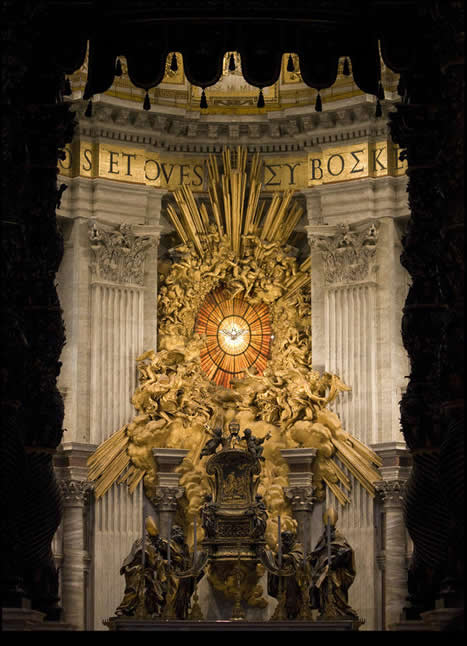 that the Lord seemed to warn me about years ago (see Deluge of False Prophets), and it’s now beginning to spread like a cancer. Our Lady’s warnings that a schism is coming[3]see here, here, here, here and here appears to be drawing ever closer. If it happens, I see it primarily as the extreme conservatives pulling away from the extreme liberals… and left in between will be those who simply stand on 2000 years of truth, yet remain in unity with the present pope, despite this papacy’s obvious flaws.
that the Lord seemed to warn me about years ago (see Deluge of False Prophets), and it’s now beginning to spread like a cancer. Our Lady’s warnings that a schism is coming[3]see here, here, here, here and here appears to be drawing ever closer. If it happens, I see it primarily as the extreme conservatives pulling away from the extreme liberals… and left in between will be those who simply stand on 2000 years of truth, yet remain in unity with the present pope, despite this papacy’s obvious flaws.They, therefore, walk in the path of dangerous error who believe that they can accept Christ as the Head of the Church, while not adhering loyally to His Vicar on earth. —POPE PIUS XII, Mystici Corporis Christi (On the Mystical Body of Christ), June 29, 1943; n. 41; vatican.va
This is Mass: entering in this Passion, Death, Resurrection, and Ascension of Jesus, and when we go to Mass, it is as if we go to Calvary. Now imagine if we went to Calvary—using our imagination—in that moment, knowing that that man there is Jesus. Would we dare to chit-chat, take pictures, make a little scene? No! Because it’s Jesus! We would surely be in silence, in tears, and in the joy of being saved… Mass is experiencing Calvary, it’s not a show. —POPE FRANCIS, General Audience, Crux, Nov. 22nd, 2017
…those who ultimately trust only in their own powers and feel superior to others because they observe certain rules or remain intransigently faithful to a particular Catholic style from the past [and a] supposed soundness of doctrine or discipline [that] leads instead to a narcissistic and authoritarian elitism… —Evangelii Gaudium, n. 94
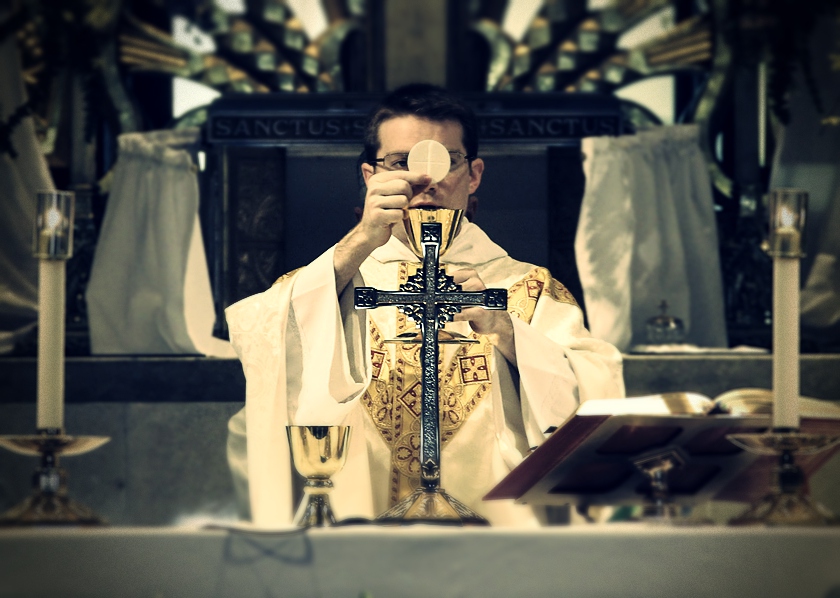 They deride “guitar masses” as if the organ was handed down with the Ten Commandments and every guitarist sings Kumbaya. They accuse truly devout Catholics of sacrilege for (validly) receiving Communion in the hand, though — whether prudent today or not — was once practiced in the Early Church (read Communion in the Hand – Part I and Part II). They seem to think that young Catholics on fire with love for Jesus and raising their hands at Mass in worship is worthy of public scolding (even though St. Paul called for this very thing in 1 Timothy 2:8: “It is my wish, then, that in every place the men should pray, lifting up holy hands, without anger or argument.”)
They deride “guitar masses” as if the organ was handed down with the Ten Commandments and every guitarist sings Kumbaya. They accuse truly devout Catholics of sacrilege for (validly) receiving Communion in the hand, though — whether prudent today or not — was once practiced in the Early Church (read Communion in the Hand – Part I and Part II). They seem to think that young Catholics on fire with love for Jesus and raising their hands at Mass in worship is worthy of public scolding (even though St. Paul called for this very thing in 1 Timothy 2:8: “It is my wish, then, that in every place the men should pray, lifting up holy hands, without anger or argument.”)
…such people are false apostles, deceitful workers, who masquerade as apostles of Christ. And no wonder, for even Satan masquerades as an angel of light. So it is not strange that his ministers also masquerade as ministers of righteousness. Their end will correspond to their deeds. (2 For 11:13-15)
Actually, St. Paul is contradicting their argument, for he is also repeating Our Lord’s teaching that you will know a tree by its fruit: “Their end will correspond to their deeds.” The conversions, healings, miracles, and vocations we’ve seen from Medjugorje over the past four decades have overwhelmingly shown themselves to be authentic. And those who know the seers attest to their humility, integrity, devotion and faithfulness. No, Satan cannot produce the good fruits of virtue and holiness; what Scripture actually says is that he can manufacture false “signs and wonders”.[10]cf. Mark 13:22
Is Christ’s word true or not?
Indeed, the Sacred Congregation for the Doctrine of the Faith refuted the notion that said fruits are irrelevant. It specifically referred to the importance that such a phenomenon…
…bear fruits by which the Church herself might later discern the true nature of the facts… — “Norms Regarding the Manner of Proceeding in the Discernment of Presumed Apparitions or Revelations” n. 2, vatican.va
…not despise the words of prophets, but test everything; hold fast to what is good… (1 Thessalonians 5:20-21)
One may refuse assent to “private revelation” without direct injury to Catholic Faith, as long as he does so, “modestly, not without reason, and without contempt.” —Heroic Virtue, p. 397
“Dangerous and Confusing Times”
You are now entering into dangerous and confusing times.
 Benedict and John Paul II were over. From unqualified statements in papal interviews, to shocking appointments of progressives, to the promotion of Mother Earth (Pachamama) and the UN’s pro-abortion and gender ideologies, to the horrifying endorsement of experimental mRNA gene therapies that have now wounded and killed scores… the soil has been ripe for extremism — on both ends of the Church.
Benedict and John Paul II were over. From unqualified statements in papal interviews, to shocking appointments of progressives, to the promotion of Mother Earth (Pachamama) and the UN’s pro-abortion and gender ideologies, to the horrifying endorsement of experimental mRNA gene therapies that have now wounded and killed scores… the soil has been ripe for extremism — on both ends of the Church.…a boat about to sink, a boat taking in water on every side. —Cardinal Ratzinger (POPE BENEDICT XVI), March 24, 2005, Good Friday meditation on the Third Fall of Christ
Related Reading
Support Mark’s full-time ministry:
To journey with Mark in The Now Word,
click on the banner below to subscribe.
Your email will not be shared with anyone.
Now on Telegram. Click:
Follow Mark and the daily “signs of the times” on MeWe:
Listen on the following:
Footnotes
| ↑1 | May 28, 2024; oldyosef.hkdavc.com |
|---|---|
| ↑2 | cf. Charismatic? |
| ↑3 | see here, here, here, here and here |
| ↑4 | Canon Law, 1404 |
| ↑5 | cf. Who is the True Pope? |
| ↑6 | “From Ratzinger to Benedict”, First Things, February 2002 |
| ↑7 | see The Mass Going Forward |
| ↑8 | May 17th, 2017; National Catholic Register; cf. Medjugorje… What You May Not Know |
| ↑9 | cf. Medjugorje and Hairsplitting |
| ↑10 | cf. Mark 13:22 |
| ↑11 | see Prophecy in Perspective |
| ↑12 | “According to the knowledge, competence, and prestige which [the laity] possess, they have the right and even at times the duty to manifest to the sacred pastors their opinion on matters which pertain to the good of the Church and to make their opinion known to the rest of the Christian faithful, without prejudice to the integrity of faith and morals, with reverence toward their pastors, and attentive to common advantage and the dignity of persons.” —Code of Canon Law, Canon 212 §3 |
| ↑13 | see St. John Bosco’s vision: Living the Dream? |




